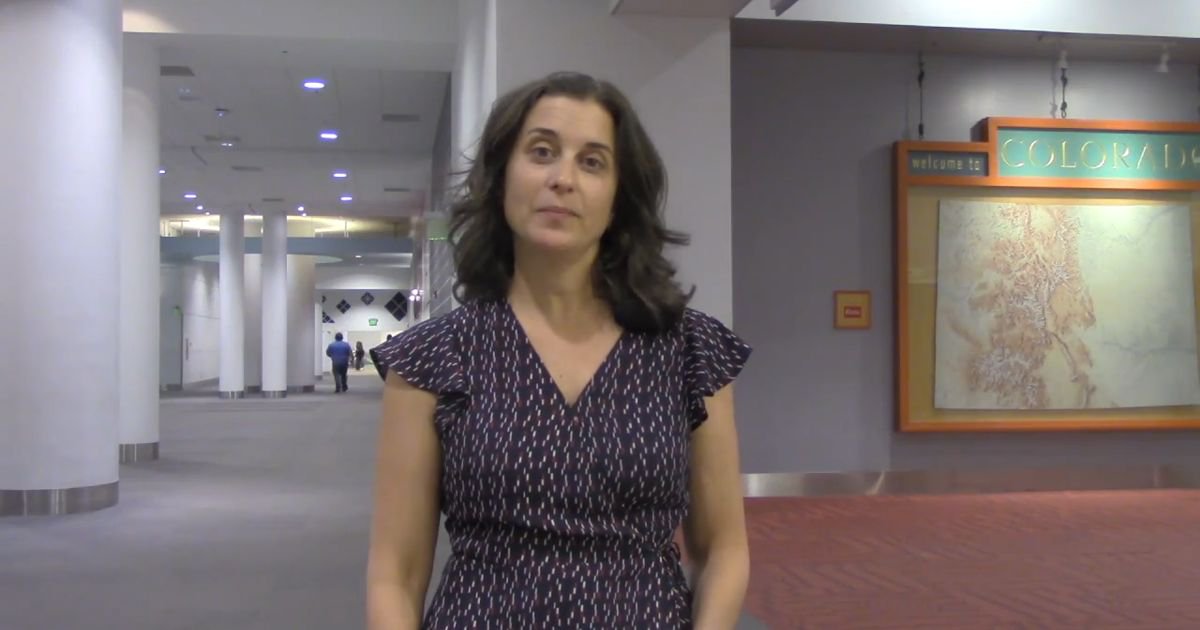Irish researchers develop atlas of cells in the small intestine to show how cells act together to drive the disease
Irish researchers have uncovered major differences in the types and activities of cells in the small intestines of people with and without coeliac disease, fuelling hope that this can lead to better treatments for the disease.
Research from scientists at Children’s Health Ireland (CHI), Johnson & Johnson and Trinity College Dublin, created the most detailed map to date of how individual cells behave in the small intestine of people with coeliac disease, using a technique called single-cell RNA sequencing.
They looked at over 200,000 individual anonymised cells from tissue samples of both people with and without the long-term autoimmune condition as part of the new comprehensive atlas of cells.
The results showed major differences in the types and activities of cells in the gut lining (epithelium) and the supporting tissue underneath (stroma) of the two groups of people.
Among people with coeliac disease, there were more stem cells and secretory cells, but fewer cells that absorb nutrients, which matches known damage like villus atrophy (flattening of the gut lining) and crypt hyperplasia (overgrowth of certain gut structures).
The supporting stromal cells also changed among those with the condition, especially a type of cell called fibroblasts, which became more active and more common.
The study found that immune signals, especially from two immune system proteins (IL-1β and IFN-γ), may be encouraging these fibroblasts to support changes in the gut lining. This suggests that communication between immune, stromal, and epithelial cells plays a key role in how the gut reacts to gluten in coeliac disease.
“CHI patients’ involvement has been the pivotal factor in this research, which has allowed us to advance knowledge of how this disease occurs and ultimately assist in efforts to open avenues for the development of new treatment approaches,” said Prof Patrick Walsh of Trinity’s School of Medicine.
“These findings provide a detailed and comprehensive map of the cellular landscape in the inflamed intestine of young coeliac patients and has the potential to inform future directions for researchers working internationally to tackle this disease.”
Coeliac disease that affects up to one-in-100 people. Every year, between 150 and 200 children in Ireland are newly diagnosed with the condition, which currently requires a lifelong gluten-free diet.
“This groundbreaking research stems from existing strong partnerships between researchers in Trinity and Children’s Health Ireland at Crumlin,” said Prof Seamus Hussey, a consultant paediatric gastroenterologist at CHI Crumlin.
“Illuminating new intricate immune pathways and connections in paediatric coeliac disease marks a pivotal step toward developing novel, immune-based medical treatment options for patients worldwide.”
By developing the atlas of cells, the researchers were able to characterise how these cells are different in disease through identifying which genes are ‘switched on’.
They found that genes which are ‘switched on’ in diseased tissues (but not in normal tissues) activate pathways which potentially drive the disease.
The study also identified pathways through which different cells can communicate with each other to drive the tissue damage which is characteristic of coeliac disease.
“This exciting collaboration between Johnson & Johnson, Immunology and the research teams at Trinity and CHI, has provided significant impact to the coeliac disease field,” said Darren Ruane, director of translational science and medicine, immunology, at Johnson & Johnson.
“These efforts have identified novel pathways related to coeliac disease pathogenesis and highlighted the previous unknown role of stromal-immune cellular communication in disease. This research will enable new therapeutic target identification.”
‘Immune signalling mediates stromal changes to support epithelial reprogramming in celiac duodenum’ is published in the journal Cell Reports.










